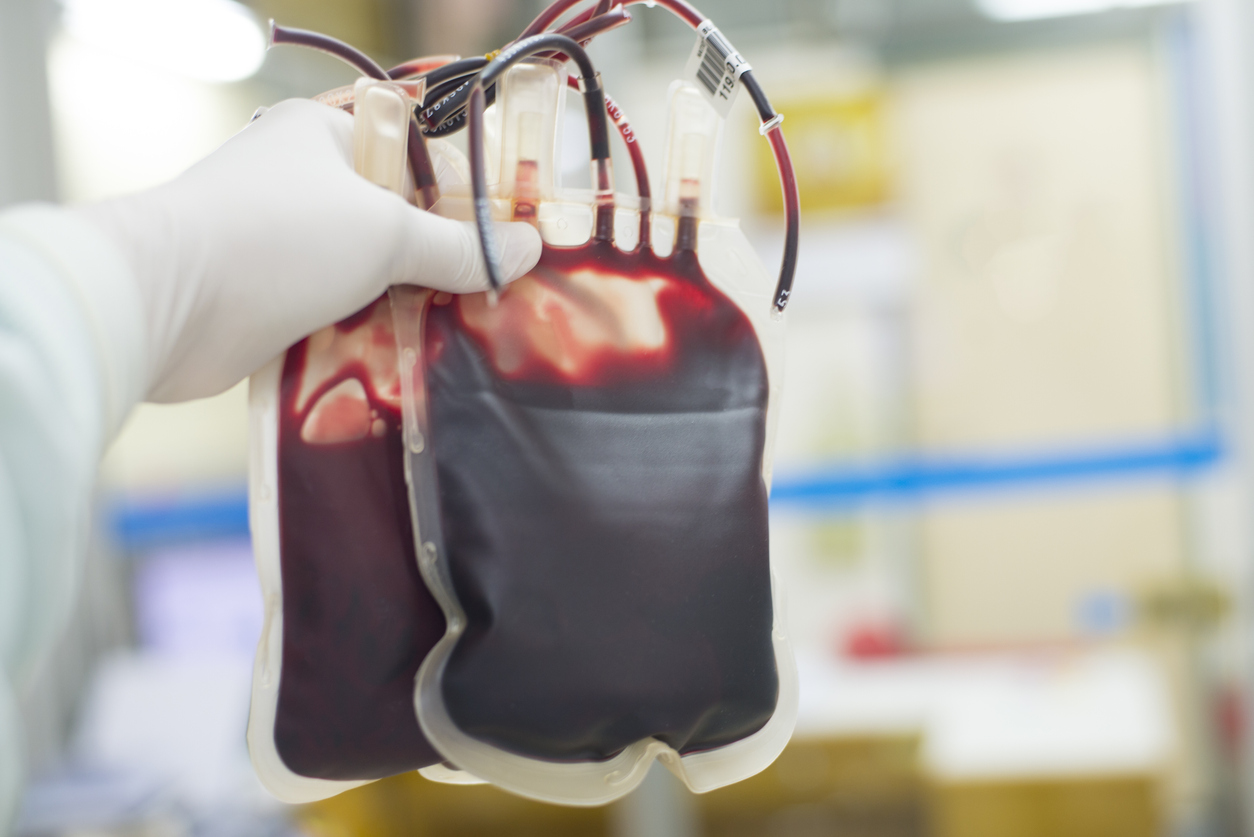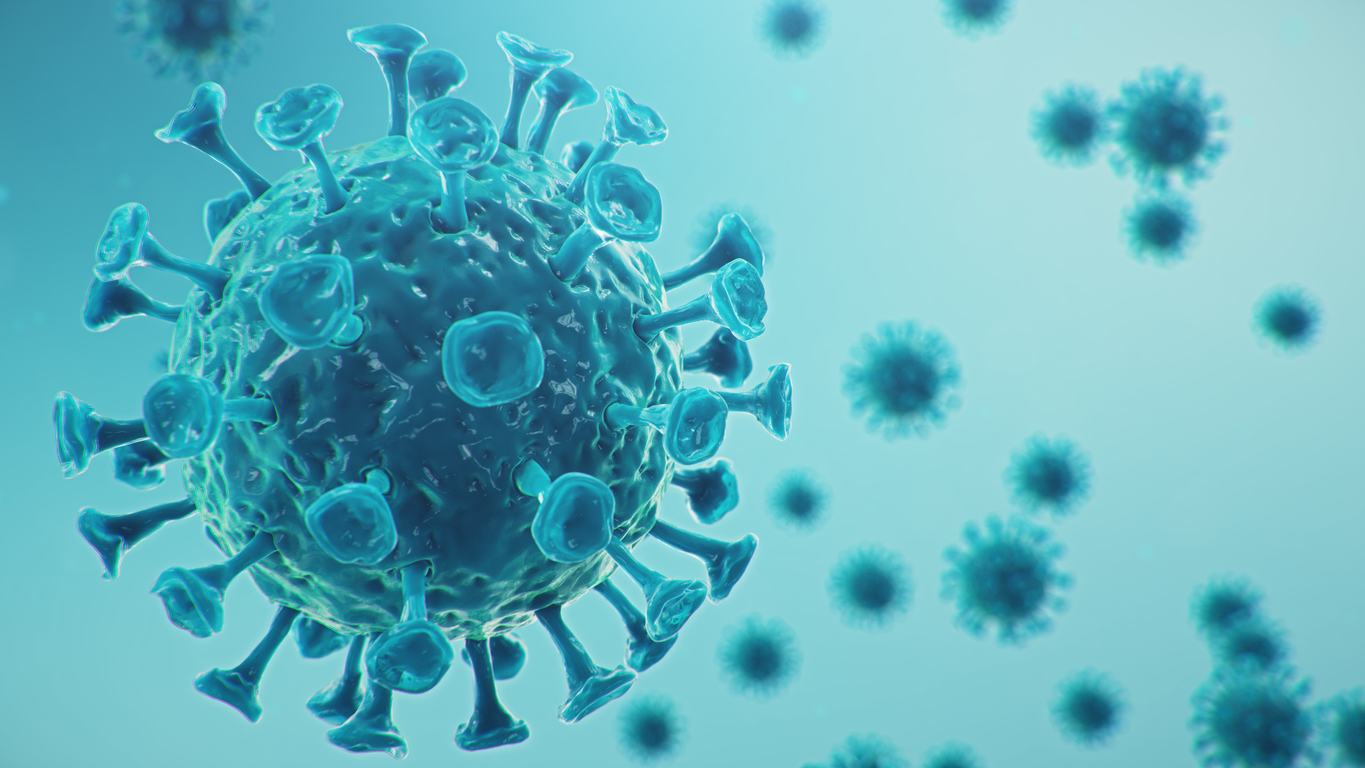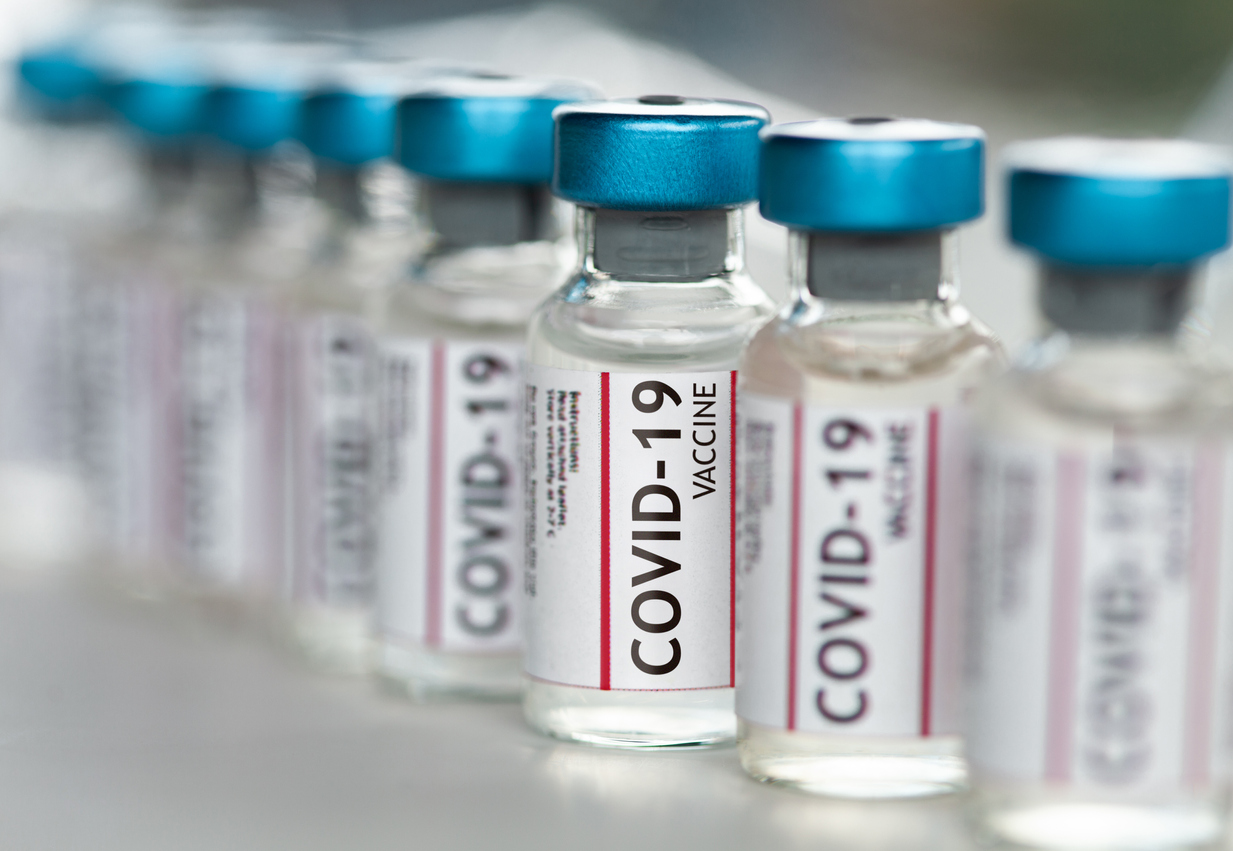Blog
Category: General
An Overview of Customized Leukopaks
Updated on Sep 7, 2025 | Published on Jun 30, 2023 By Brandon H. McNaughton, PhD Share
What Is a Customized Leukopak? A leukopak is a blood product enriched with white blood cells obtained through a unique extraction technique, leukapheresis. Leukapheresis, a specialized application of apheresis, targets the collection of leukocytes and returns all non-leukocyte material to the donor’s bloodstream. Leukopaks can be customized to fit the requirements of their intended application, both clinically and for research and development. Before leukopak collection, donors are strategically selected for …
Leukopak Cell Washing
Updated on Sep 5, 2025 | Published on Jun 28, 2023 Share
Cell washing is a crucial technique used in both clinical and research settings for various biomedical applications. When trying to produce a pure, isolated population of cells via leukopak processing, cell washing is typically the first step. It removes unwanted cells and other contaminating material, such as proteins and platelets, leaving the apheresis product ready for high-precision cell separation. This enables the isolation of a pure population of cells, which …
Gentle Mouse B Cell Enrichment: Strategies for Preserving Fragile Mouse B Cells
Updated on May 19, 2025 | Published on Oct 26, 2021 Share
Mouse B Cell Enrichment: How to Culture Isolated Mouse B Cells The primary function of B cells is antibody production. They are called B cells because they mature in the bone marrow, while T cells mature in the thymus. Receptors on the surface of a B cell bind to foreign antigens and develop antibodies that suppress that specific pathogen. Understanding more about how B cells work can provide insight into …
Living Cells can React to Magnetic Signals
Updated on May 19, 2025 | Published on Mar 23, 2021 Share
Researchers and scientists around the world have long theorized that the inherent directional systems in various animals (including migratory animals like birds, butterflies, whales, and possibly even humans) could have a magnetic component – that internal navigational impulses are related in some way to Earth’s magnetic field. While this has been a long-standing theory, the underlying cellular mechanisms that support the ability of an organism to detect magnetic field to …
T Cell Immunity & the COVID-19 Vaccine
Updated on May 16, 2025 | Published on Mar 3, 2021 Share
COVID-19 Reinfection In January 2020, the Center for Disease Control (CDC) confirmed the first domestic case of COVID-19, an infectious disease caused by the SARS-CoV-2 virus. Soon after, COVID-19 was declared a global pandemic, spreading at exponential rates and drastically altering the world as we knew it. After more than a year of research and experiments, we’ve begun to learn more about the mechanisms of this coronavirus variant, and how …
Improving COVID-19 Detection using Saliva Samples instead of NPS
Updated on May 19, 2025 | Published on Mar 2, 2021 Share
Saliva-based tests can simplify, accelerate, and increase the availability of COVID-19 testing – and potentially lead to better patient outcomes. The COVID-19 pandemic continues to cause illness across the world, but there is hope on the horizon as improved testing, treatments, and vaccines make their way to the global population. With the emergence of new SARS-CoV-2 variants and mutations, however, it is more important than ever that testing …
COVID-19 Vaccine: How do mRNA Vaccines Work?
Updated on May 18, 2025 | Published on Feb 26, 2021 Share
What is an mRNA Vaccine? Messenger ribonucleic acid (mRNA) is genetic material that acts as instructions for cells to develop proteins. An mRNA vaccine harnesses the productive capabilities of mRNA to build up immunities by subjecting the body to proteins that will be recognizable in the future if naturally exposed to a virus. How do mRNA Vaccines Work? While most vaccines contain a weakened or inactive infectious pathogen, mRNA vaccines …
Cell Culture Problems: Cell Clumping – Causes, How to Unclump Cells & How to Avoid Cell Clumping
Updated on Sep 5, 2025 | Published on Feb 25, 2021 Share
What Is Cell Clumping? When working with single-suspension cell cultures in a growth medium, it is not uncommon to experience cell loss in a sample. As cells are ruptured, they release DNA and debris that cause cells to aggregate into large clumps that make it difficult for them to expand. Cell clumping can both lead to and be caused by cell apoptosis, or cell death. As more cells die and …
Cell Harvesting: Methods for Isolating Cell Cultures from a Growth Medium
Updated on Aug 20, 2025 | Published on Feb 11, 2021 Share
Isolating Cell Cultures From a Medium The process of culturing cells involves the introduction of a host population to a growth medium, allowing the population to reproduce quickly in a nutrient-rich environment. After enough cells have spawned to satisfy the requirements of the intended experiment, those same cells need to be removed from the cell culture medium. The cells are intertwined within the substance in which they multiplied and need …
Cell Culture Contamination: Identifying Mycoplasma, Fungus, and Bacteria in a Growth Medium
Updated on Aug 20, 2025 | Published on Feb 10, 2021 Share
Contamination in Cell Cultures Medical research is an ever-evolving field that continues to contribute to the advancement of human health. A key component of this type of research is the process of cell culturing, which involves the isolation and expansion of a cell population. The cell culture process begins with the extraction of a target sample. Once the desired cells have been acquired, they must be purified to minimize contamination. …









